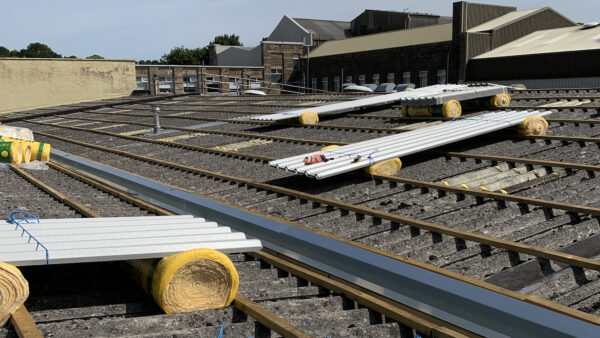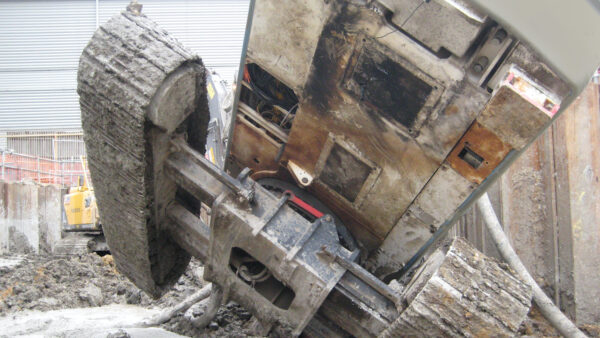New research on construction lorries and HGV vehicles could lead to a change in their manufacture, potentially improving safety on site.
The new study, conducted by Loughborough University and commissioned by TFL, found that vehicles used on construction sites had a “blind spot” almost three times larger than other types of lorries which had lower cabs and bigger windows.
According to project leader Steve Summerskill, one of the more interesting aspects of the project was finding that the design of the vehicles that are used in construction tend to be very high for a particular reason: being very generic and usable and resellable.
He said: “I think the greatest thing this study may lead to is the resolution of issues for the need for these HGV vehicles to be so high up for suspension to stop from clashing with big rocks, and standardising the way sites operate so these vehicles don’t need to be as high. I think it will influence the manufacturers and change the design of many of these construction vehicles.”
Researchers at the university’s Design School computer-modelled drivers’ sightlines from 19 bestselling HGV models with high and low cabs, and used data from real-life collisions to recreate dangerous scenarios.

The study computer modelled drivers’ sightlines from 19 HGV vehicles
They found the greatest dangers were presented by construction vehicles, compared with goods distribution and long-haul lorries, and called for European rules to specify what should be visible from the driver’s seat.
The study comes as TfL is due to announce proposals to require HGVs in the capital to have “direct vision” glass panels in passenger doors, larger windscreens and lower driver’s positions.
Val Shawcross, the deputy mayor for transport, said: “Direct vision was one of the key commitments of Sadiq’s campaign. We will be able to announce something within the next month. The question will be around how quickly can things change in the industry?”
The shocking statistics were released by leading figures in the construction industry as they vowed to do more to tackle “unacceptable” collision rates.
HGVs are involved in 57% of London cyclist deaths despite making up just 3.5% of traffic, reveals research released today.
More than three-quarters of crashes were at junctions, while two in every five were at traffic lights — with none involving cyclists jumping a red light.
Of the deaths at traffic lights, 62% involved lorries turning left or moving off, with the cyclist being struck by the front or near-side of the vehicle.
The findings, which analysed the 107 cycle deaths in London between January 2007 and August 2014, were published by the Construction Industry Cycling Commission alongside a 10-point manifesto to improve road safety.
A total of 61 of the deaths involved HGVs, many of which were working on construction sites.











Why not introduce cameras’ onto the vehicles to cover blind spots?